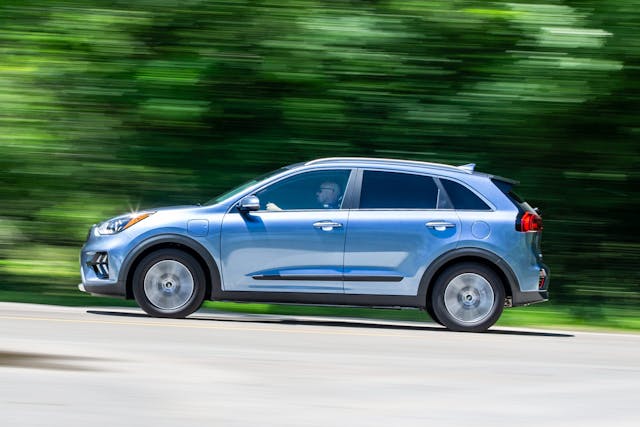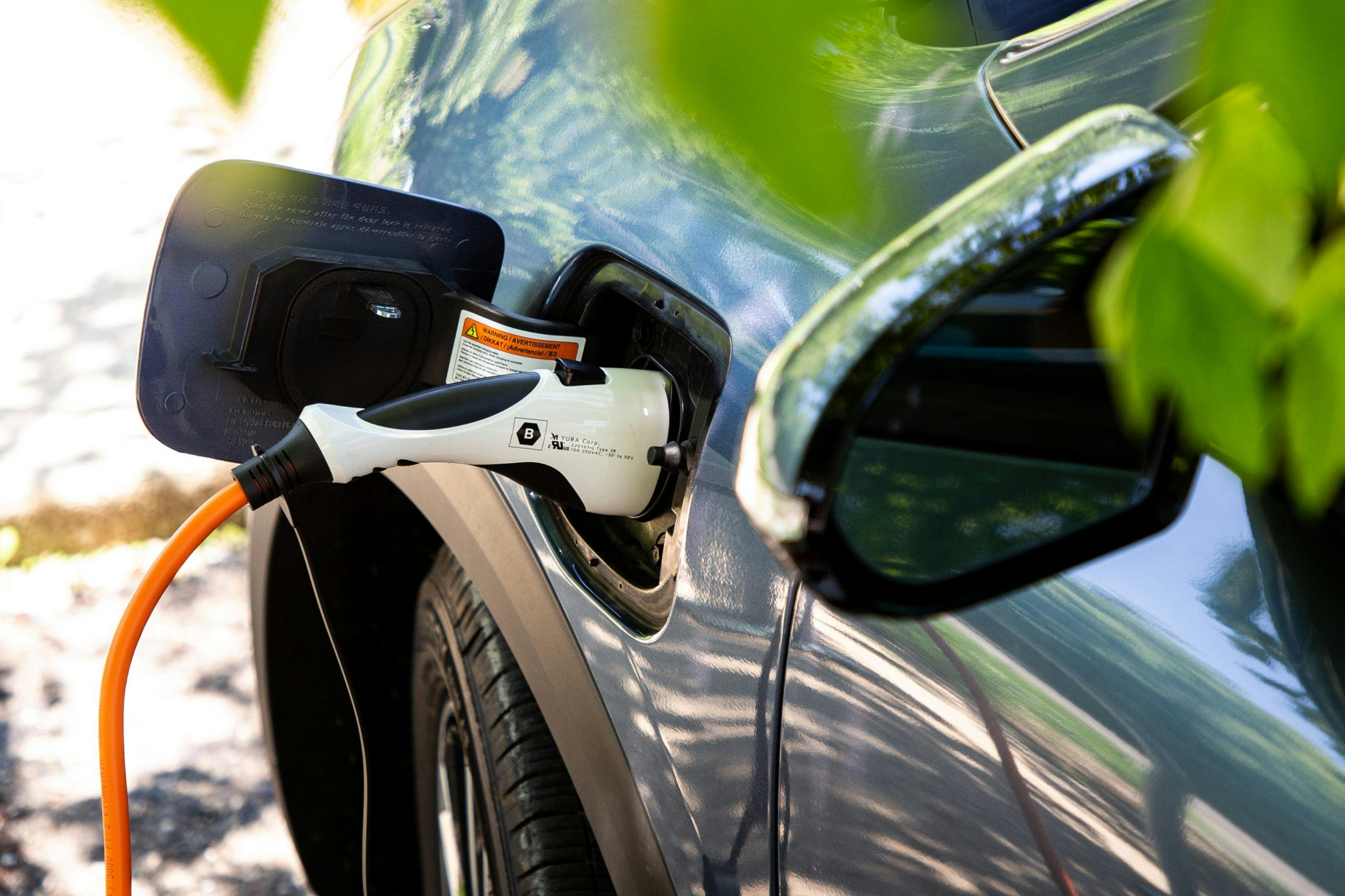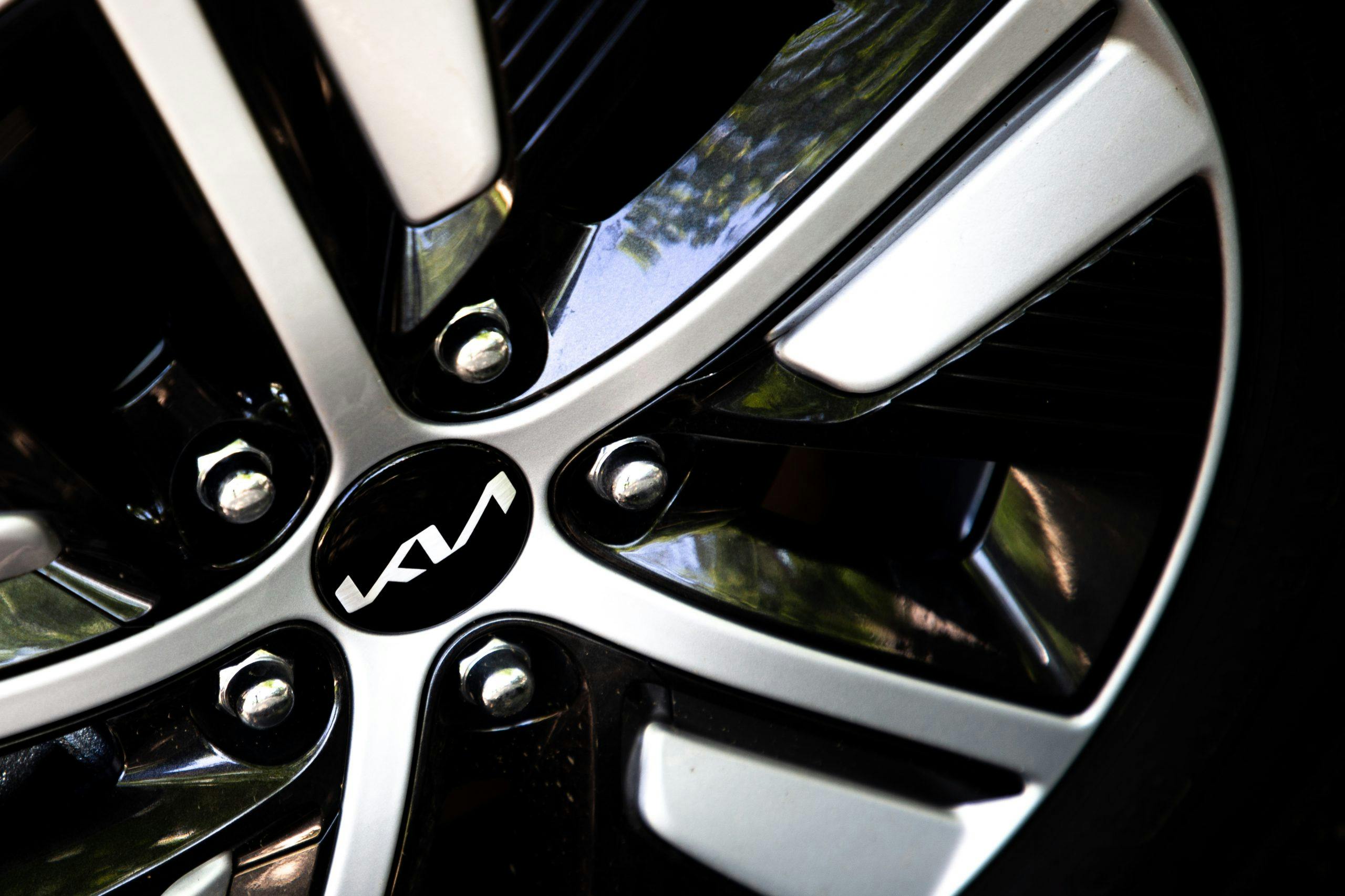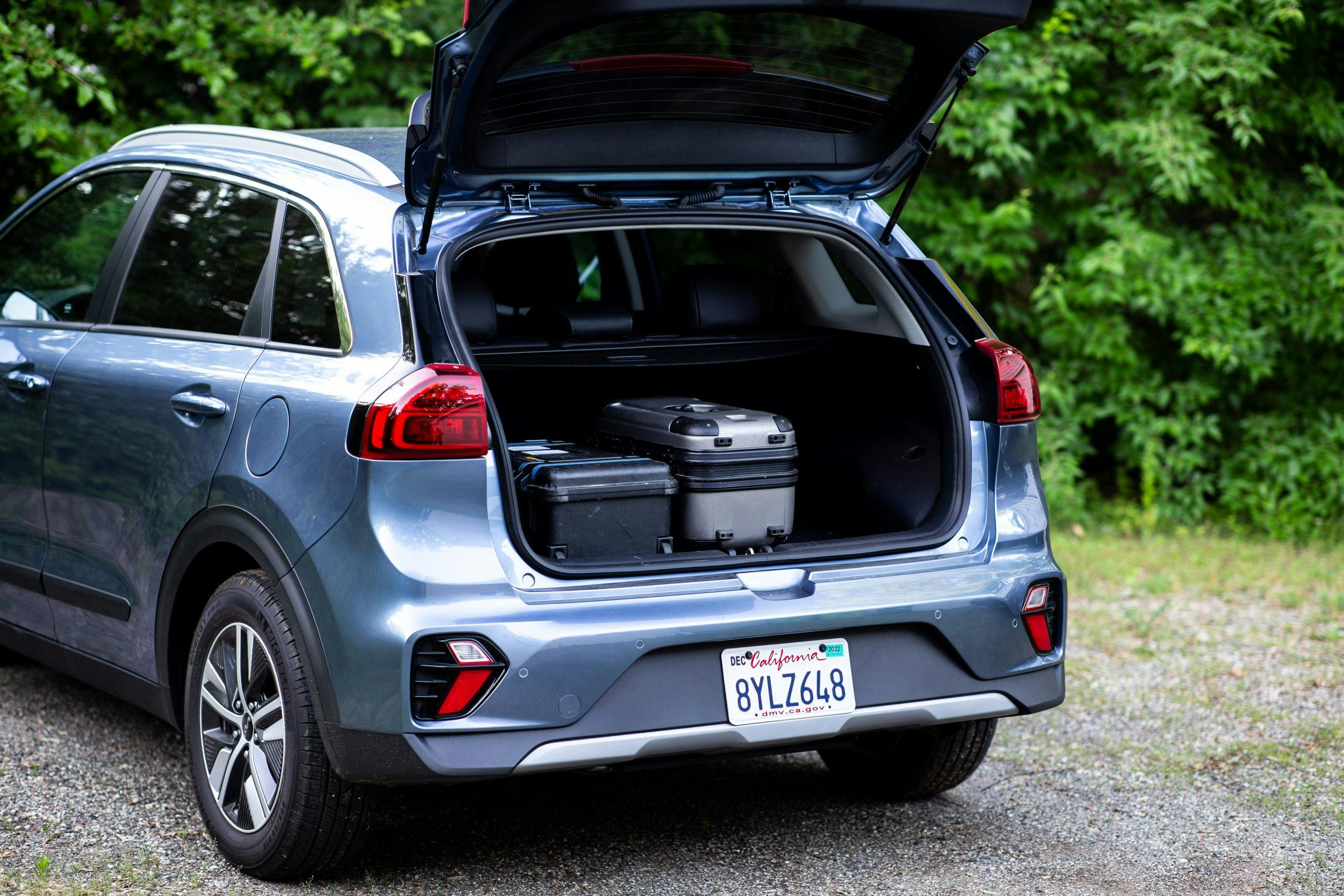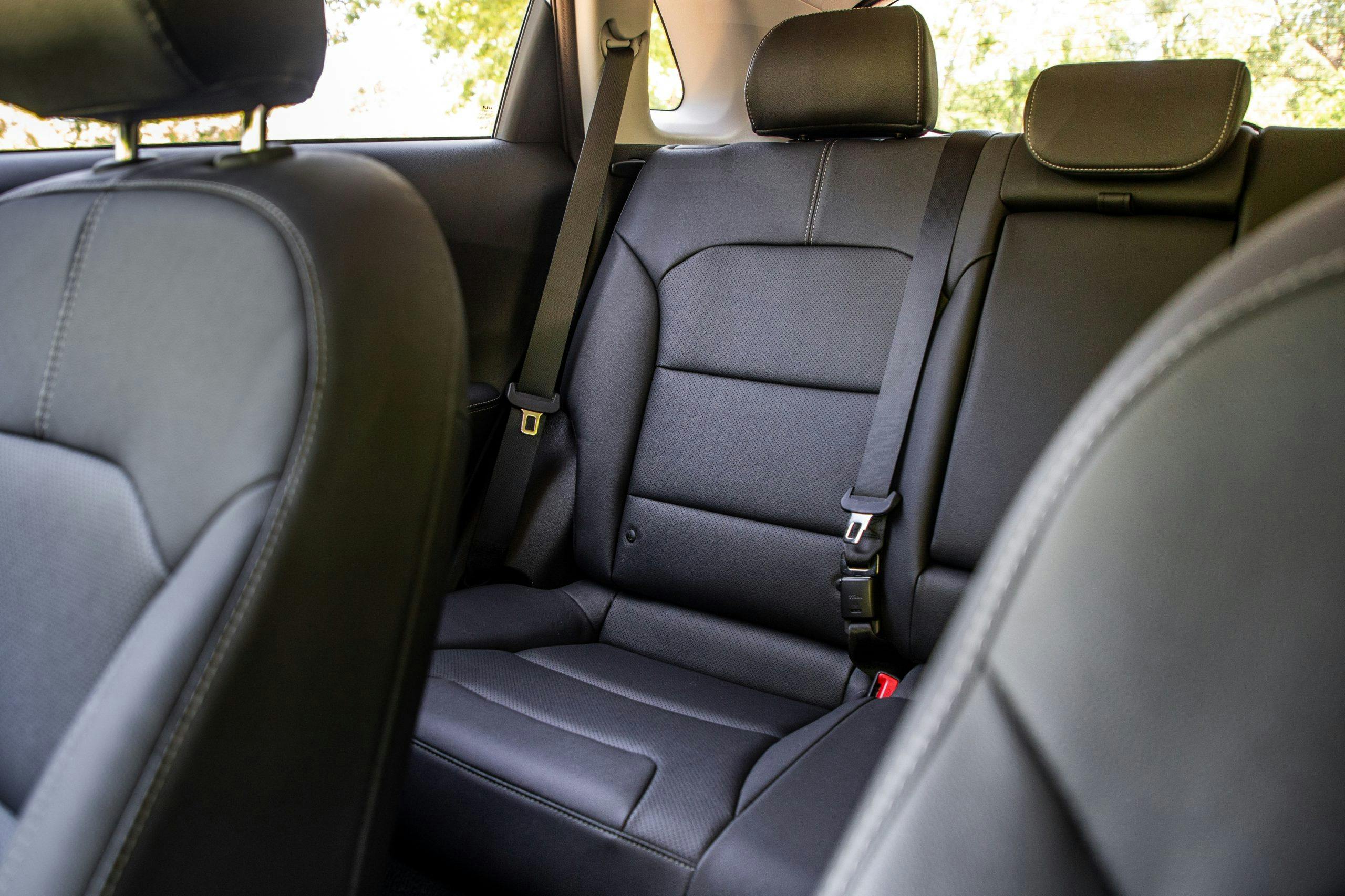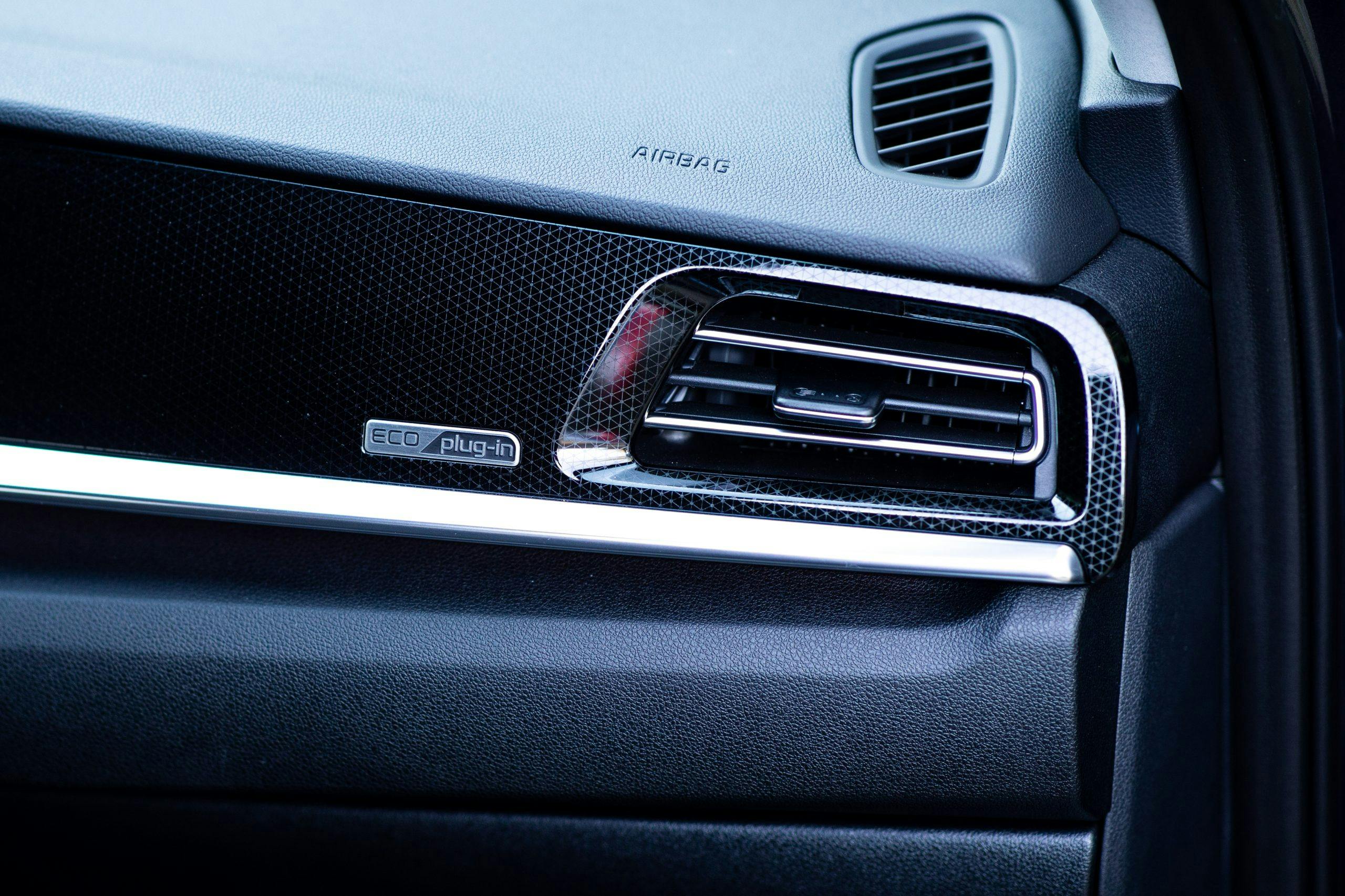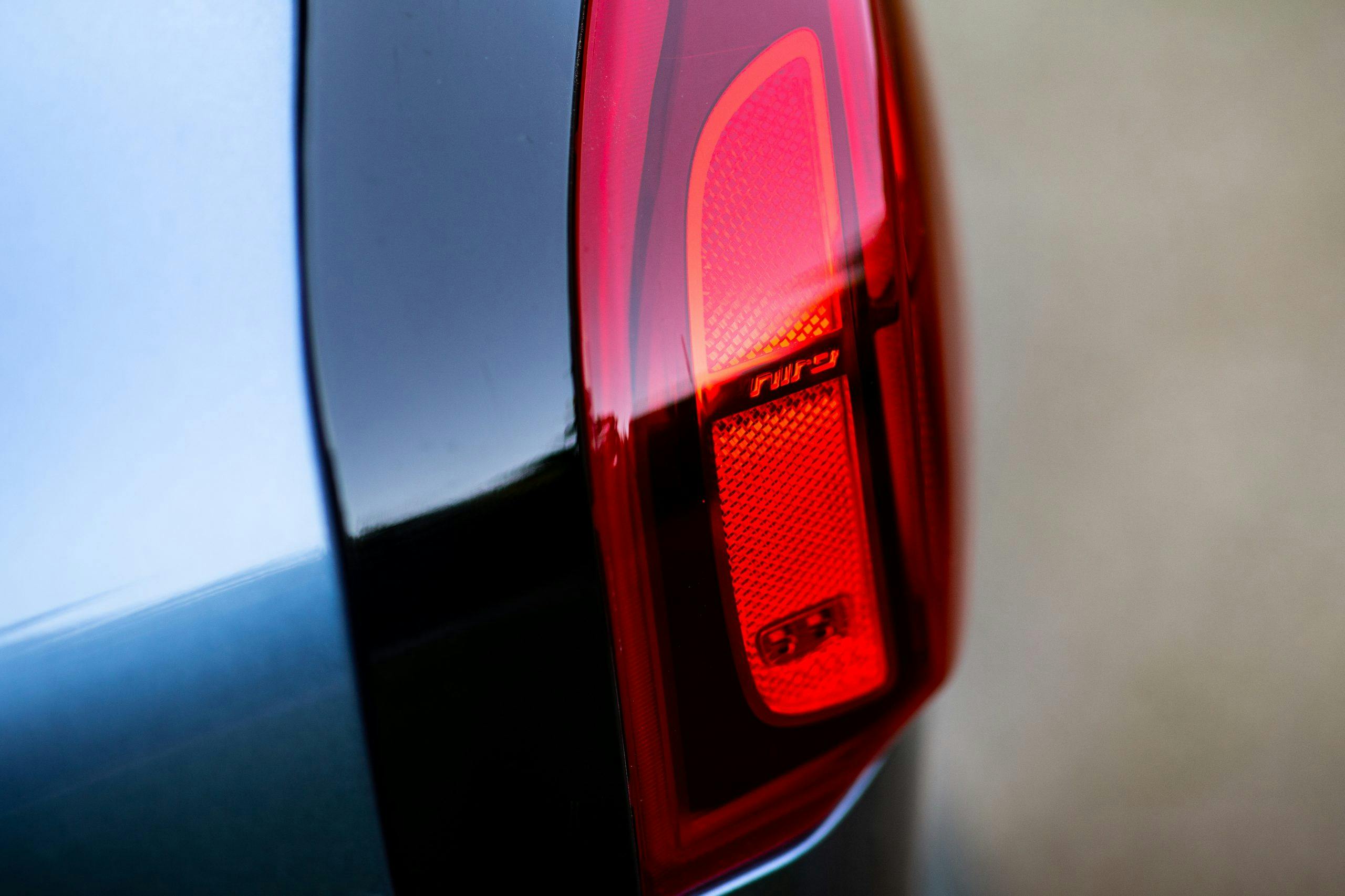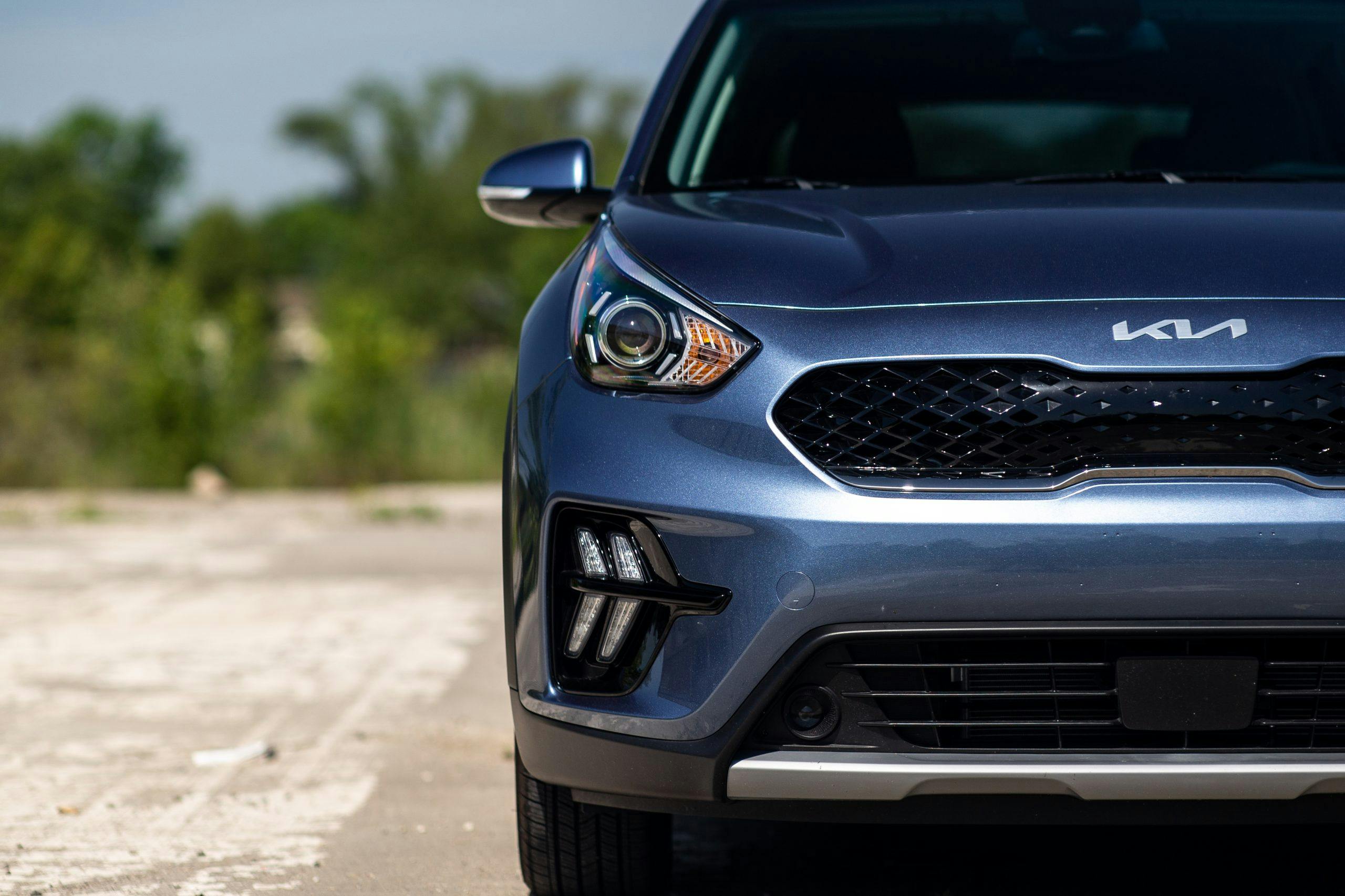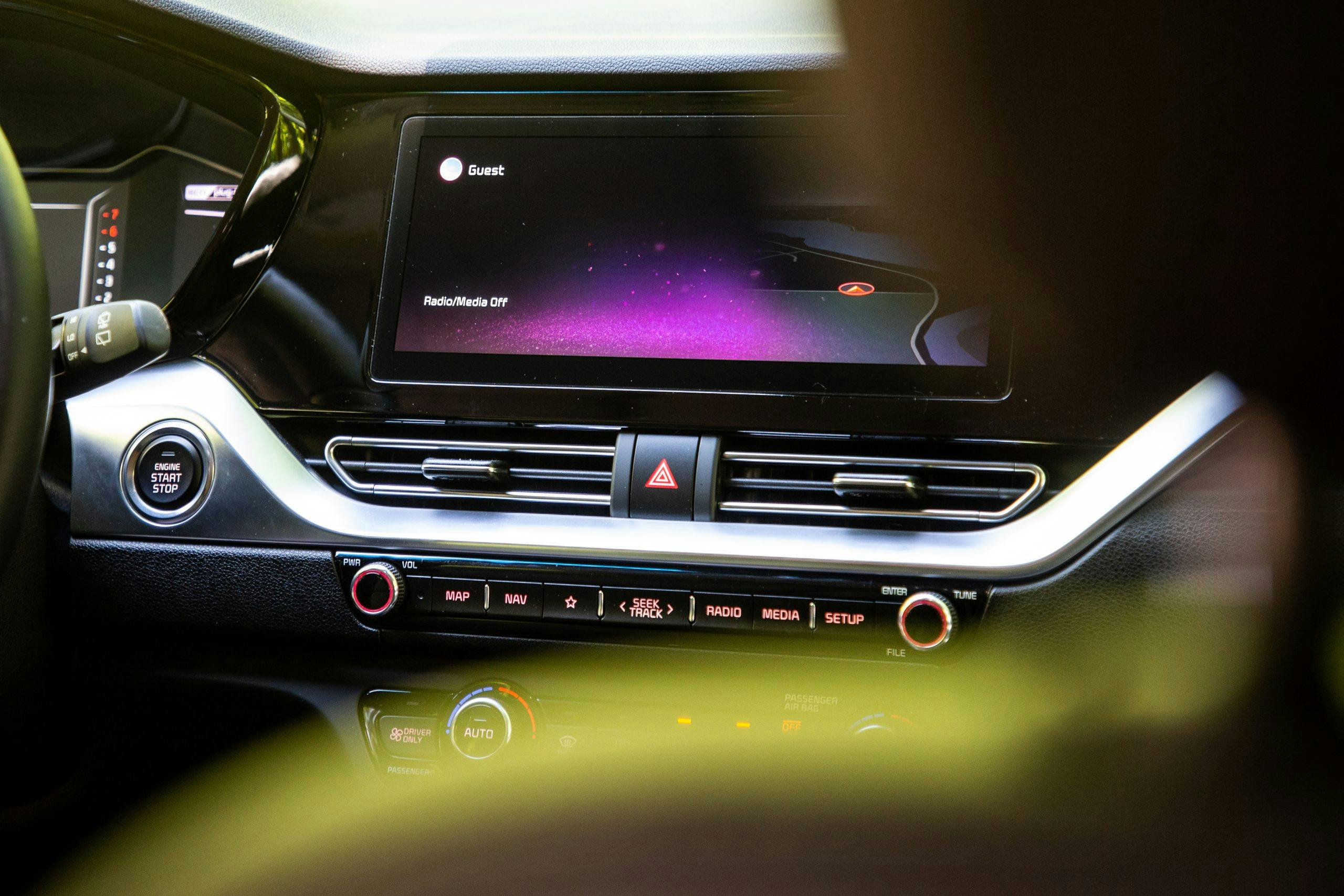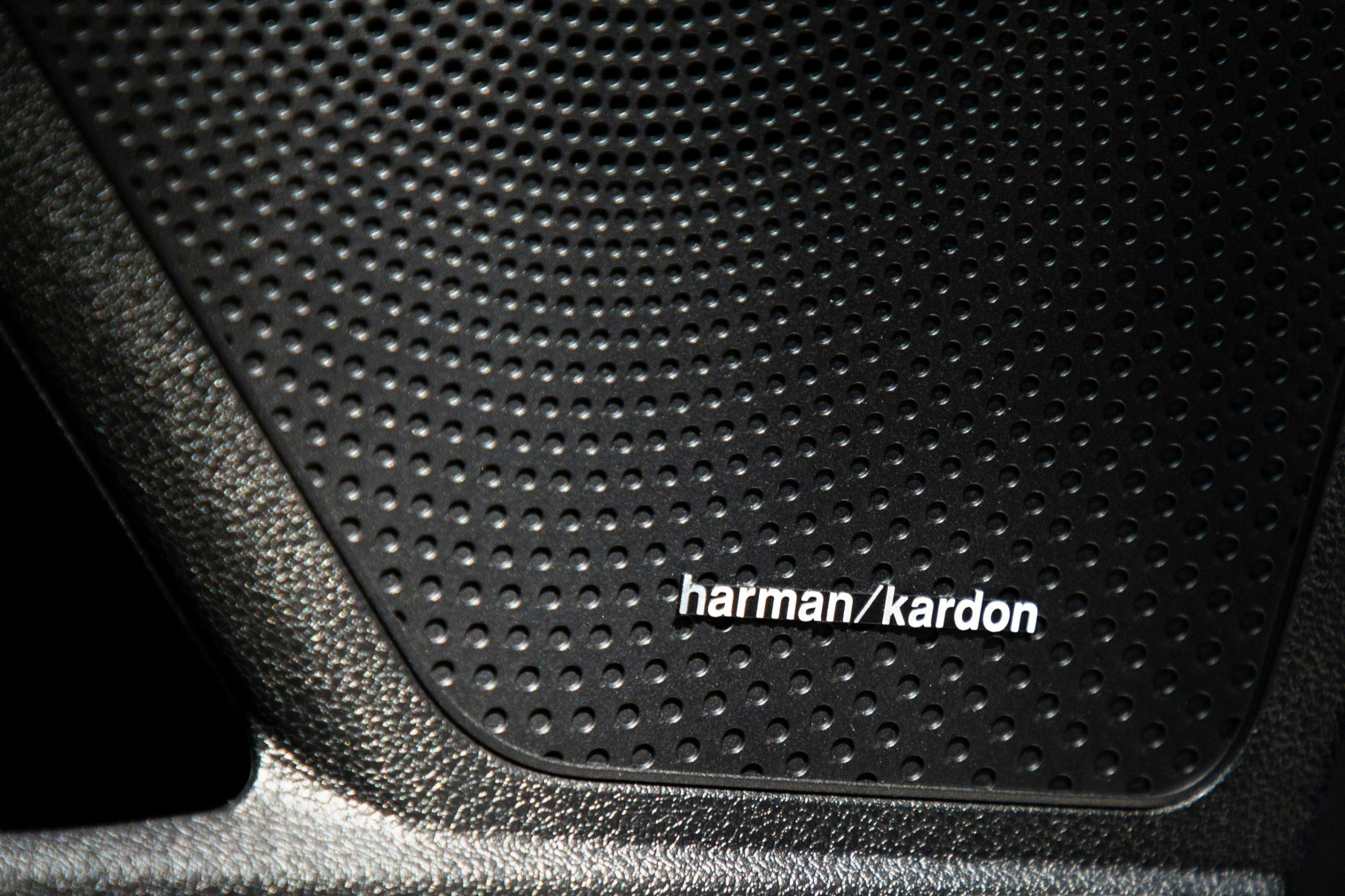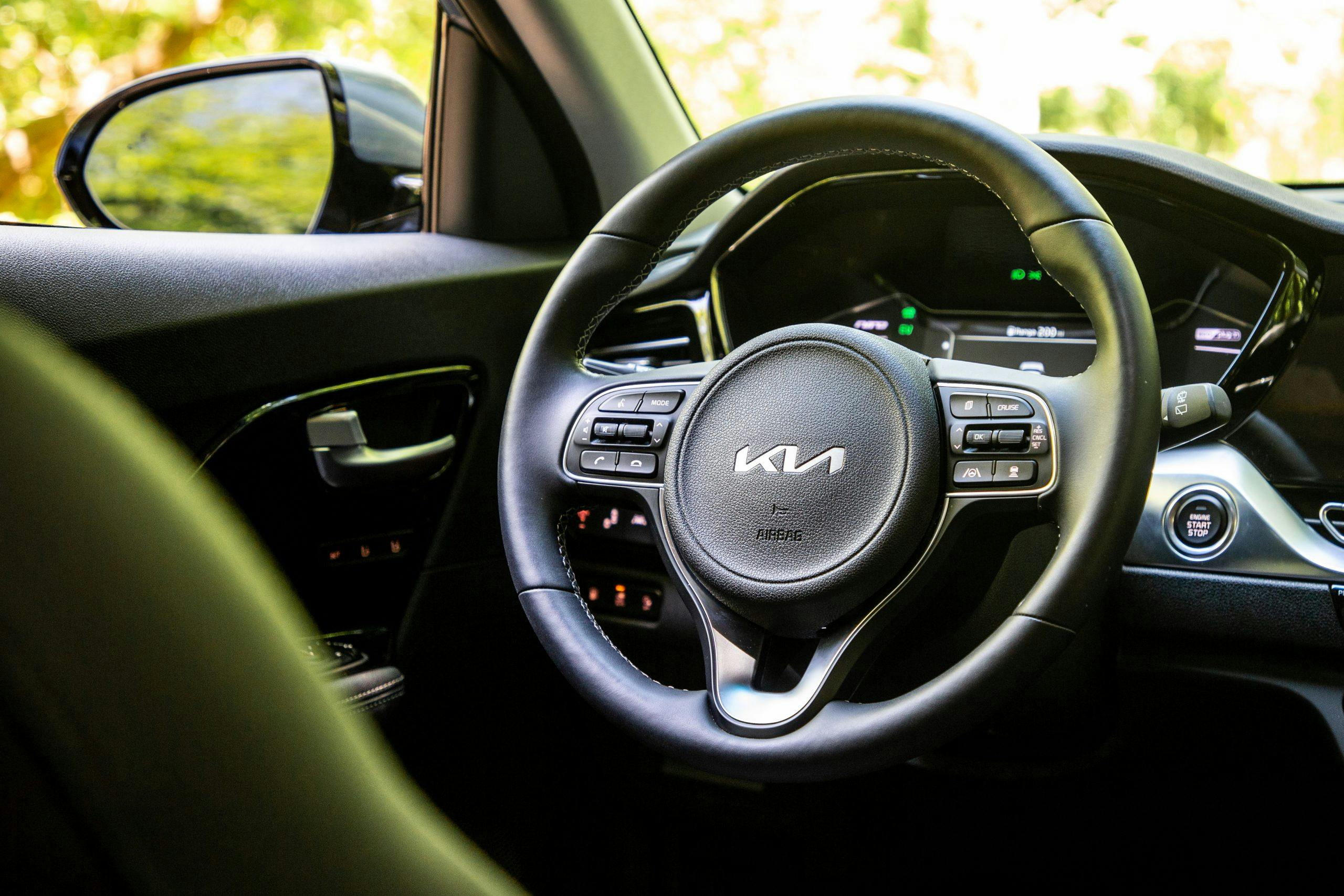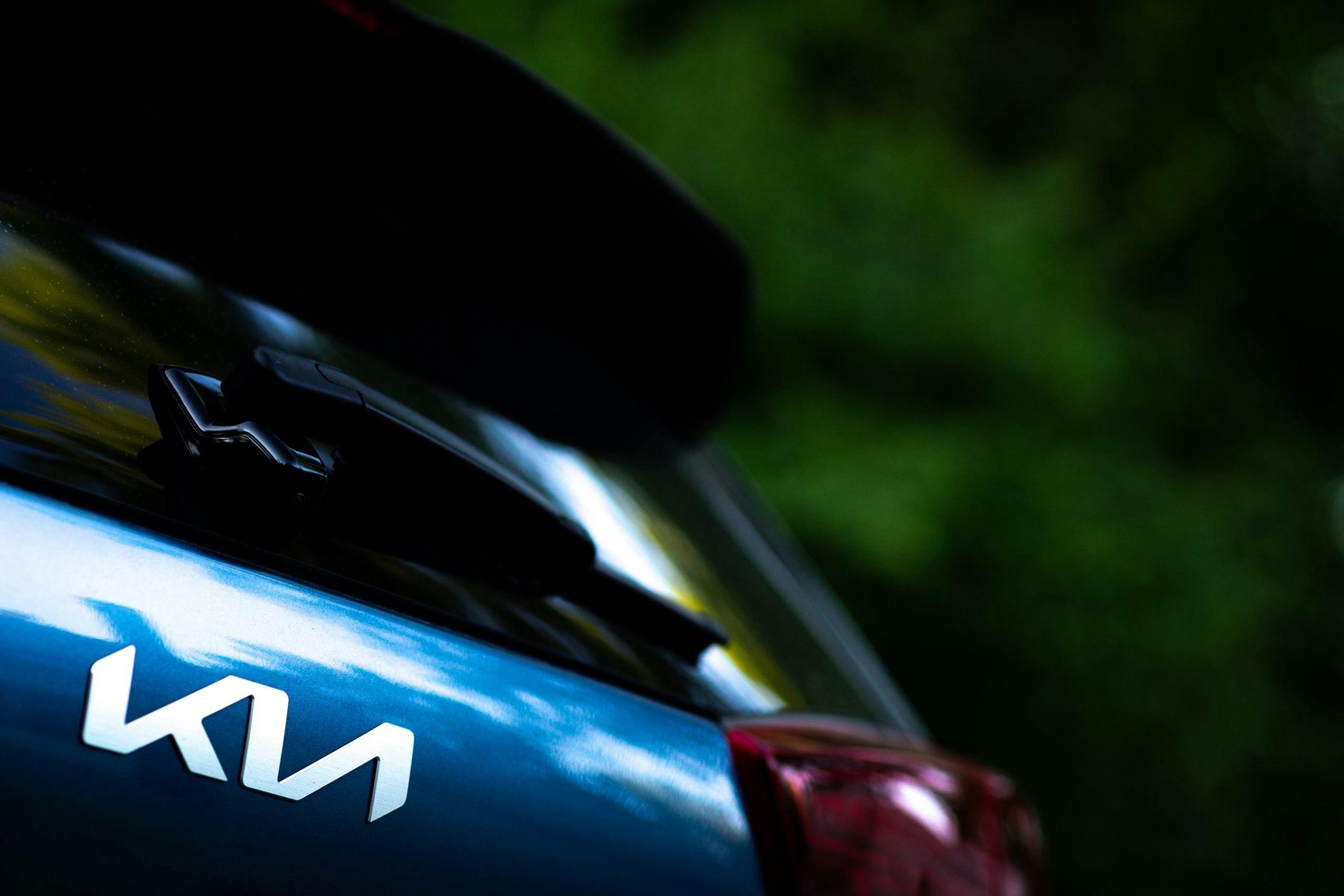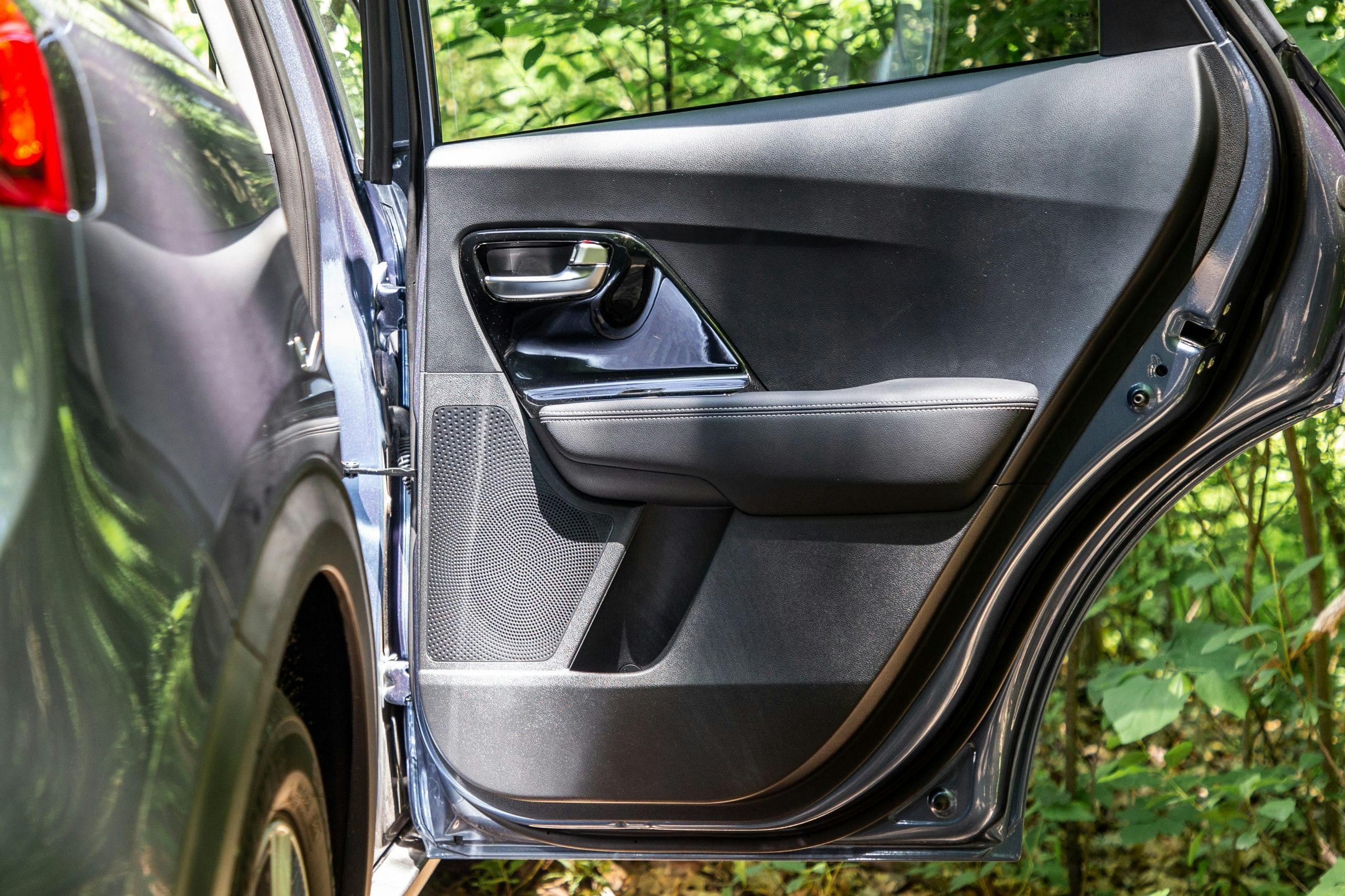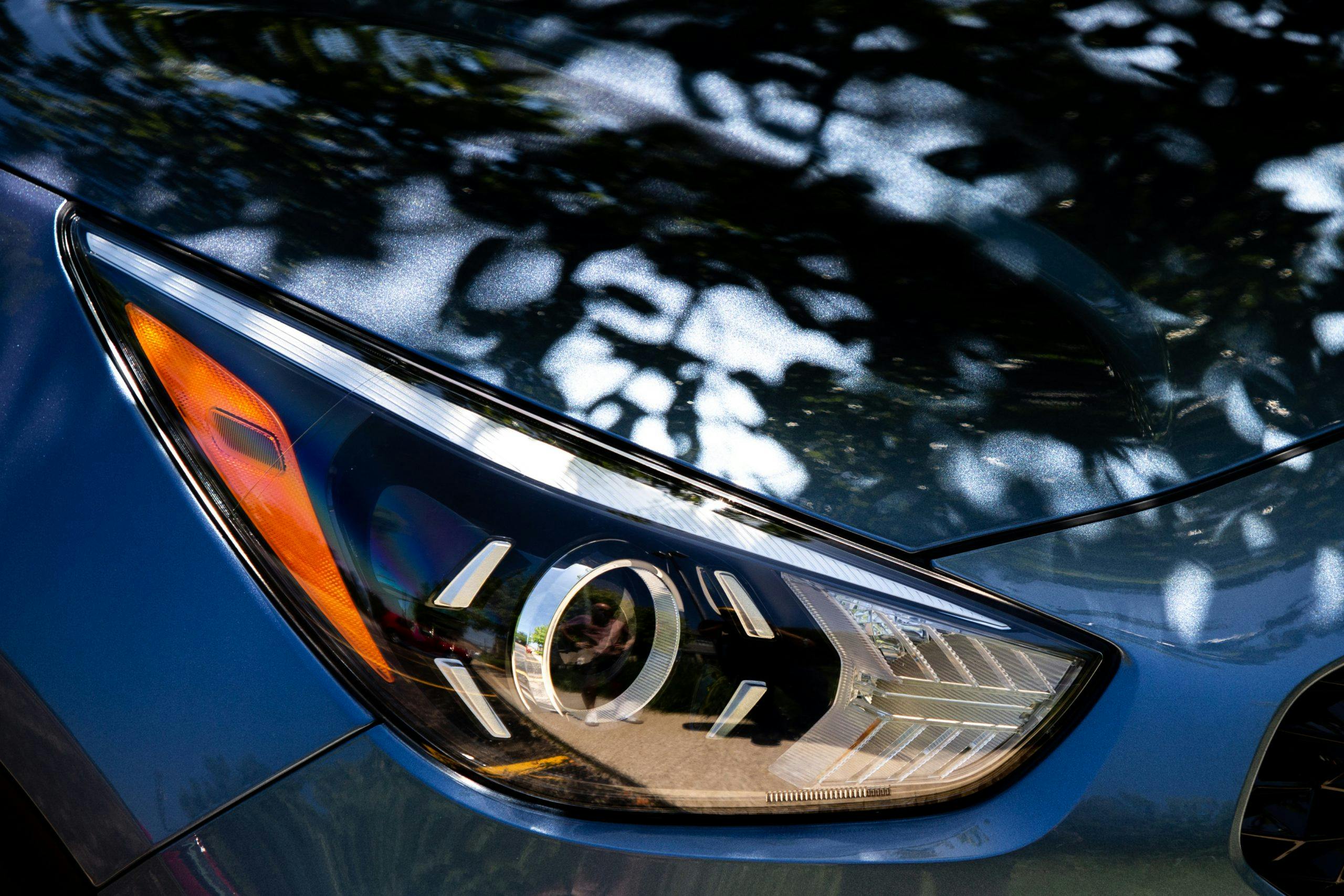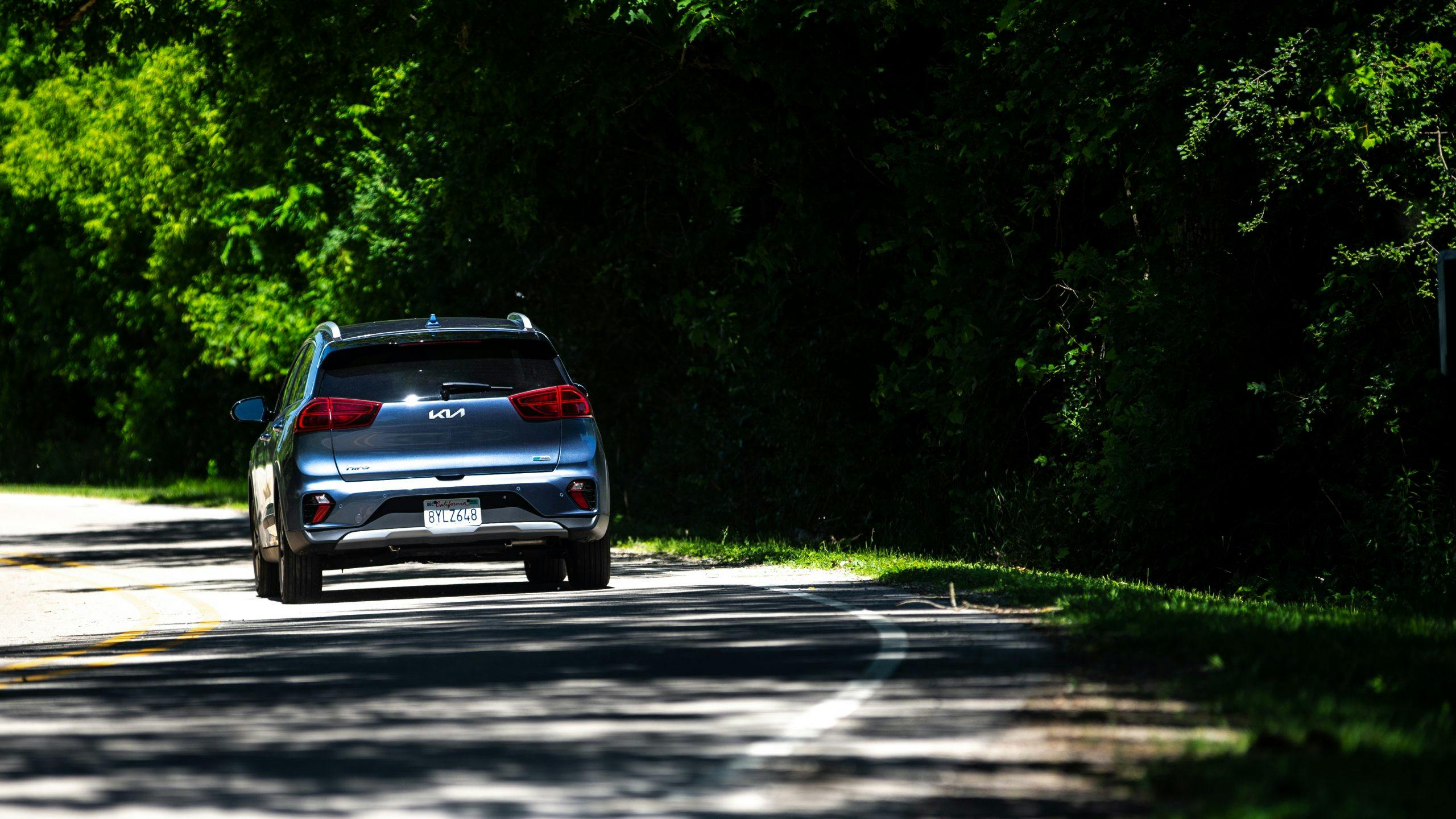Review: 2022 Kia Niro PHEV EX Premium
Jimmie Johnson was the most dominant driver in NASCAR’s modern era. In his 16-year Cup Series career he won 84 races and tied the all-time-record of seven Cup championships set by Richard Petty and Dale Earnhardt. Despite his dominance, Johnson never generated the following that his fellow Hall-of-Famers enjoyed. Even his mentor, Jeff Gordon, who only tallied four championships, remains a household name interwoven into American culture long after his retirement. Johnson, not so much.
Throughout his career, Johnson was seen by the media and fans alike as vanilla. Robotic, even. Those who know the Southern Californian growing up might argue otherwise, and his Hendrick team’s results spoke for themselves. Johnson’s #48 car would show up to the track and roll away with the trophy seemingly every race, nary a drop of drama spilled over the course of the weekend. The only criticism he drew was that there was nothing to criticize.

If there is a Jimmie Johnson of the hybrid world, it’s the Kia Niro. Roughly the size of a Honda HR-V or VW Taos, this tall hatchback is a clinical execution of an efficient people mover. This the vehicle that a majority of urban and suburban American singles small families should own, regardless of what they think they need. Spacious, comfortable, cost-effective, and comporting itself with adequate performance, the Niro is well-suited for short daily commutes and long road trips. There’s plenty of cargo space, too; way more than your average sedan. Kia’s stellar 10-year, 100,000-mile limited powertrain warranty doesn’t hurt either.
The Niro’s story began in 2017, when Kia brought the stubby, cladded little bean to the states as a hybrid (HEV) and direct competitor to the Prius. Remember that gas prices at this point in time were hovering at roughly $2.60 a gallon—not exactly an urgent call to action for hybrid and EV adoption. Despite the fact that the Niro was more crossover-like and more affordable, the Prius was already—and would remain—a household name, and sales of the latter dwarfed the former. (For those keeping score at home, the Prius is Jeff Gordon in this SAT-level analogy). A year later, the South Korean brand introduced a plug-in hybrid (PHEV) Niro, which added capability for 26 miles of all-electric range. Then, in 2019, Kia debuted the Niro EV, essentially a Hyundai Kona Electric with a larger body and the same 64-kWh battery, providing 239 miles of juice to the smaller Kona’s 258.
Since then, Kia’s compact crossover has quietly hummed along, Johnson-like, save for a few tech adds and styling tweaks. Herein lies part of the Niro’s problem: In 2022, a PHEV powertrain is a lot less novel than it was five years ago, particularly when pure EVs are such a big part of the current conversation. From Hyundai’s sleek Ioniq 5 to Jeep’s weirdo 4xe Wrangler, dealerships are bustling with models that use the juice from an outlet.
Sales figures, however, suggest things are just fine in Camp Niro. Through July, Kia has sold about 4000 more Niros than last year (18,309 to 14,465). One imagines that current gas prices make even this aging steed seem appealing.
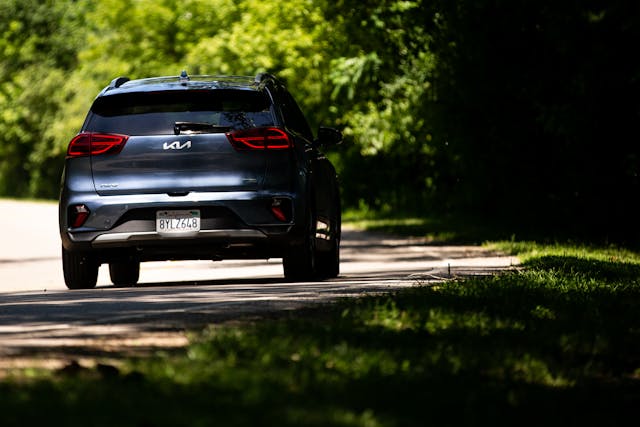
Earlier this summer, the Kia dropped a 2022 Niro PHEV on our doorstep in Ann Arbor, Michigan. Painted Horizon Blue over charcoal in EX Premium trim level, the long-roofed Niro looked surprisingly dapper. In more muted colors like silver or gray, it’s basically invisible.
Of the three Niro PHEV trim levels, EX Premium is at the top, some $6900 more than the base LXS ($30,885). Even though the ultra-lux package somewhat diminishes the point of cost-conscious vehicle, the highlights will elevate your Niro from a rental lot ringer. Power sunroof, 10.25-inch touchscreen display, Android Auto and Apple CarPlay, a Harman Kardon audio system, and a bevy of driving assists that will only be worth the upcharge to those who lean on smart cruise, traffic sensors, and backup cameras. This car’s target market of ordinary, non-enthusiast commuters certainly fits that bill.
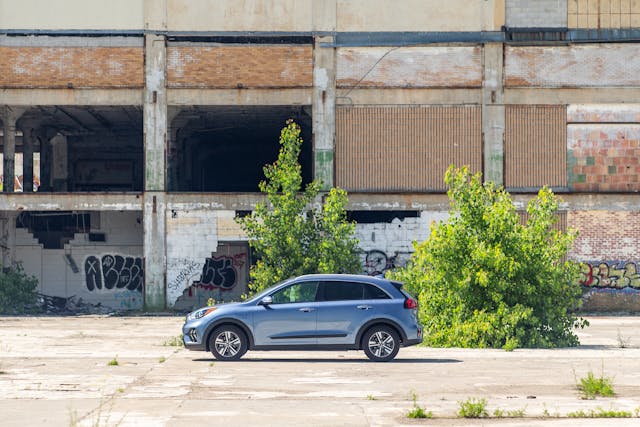
The SynTex seating material is reserved for the top trim as well. Synthetic leather is very in right now—it’s more breathable than leather, easier to maintain, and attractive to those woke to veganism and sustainability. Kia’s material feels just as good as those of other manufacturers, though more rugged crossovers like the Subaru Outback make it seem like a more compelling lifestyle choice. In addition to the SynTex wrapping the seats and the heated steering wheel, other glossy plastics with red and silver accents adorn the cabin, affirming Kia’s—and cousin Hyundai’s—ability make cheap materials look acceptable.
The rest of the interior is unfussy, a little drab, yet remarkably comfortable, like a pair of Old Navy slacks. The cabin is plenty spacious for front and rear seat passengers and has over 50 cubic feet of luggage space. Senior editor Jeff Peek and I used the Niro to explore the abandoned ruin at the Packard Plant for an upcoming story. The Niro swallowed us and all of our gear whole—an impressive feat if you consider the modest 106-inch wheelbase, which is five inches shy of a Camry’s.
In the Niro you sit more upright than a compact sedan, but lower than your typical crossover. In fact, driving most compact sport utilities feel like sitting at a tractor’s tiller compared to the Niro. That slightly lower center of gravity pays dividends; on my way to work one morning, I swerved to avoid a roadkill carcass and the Niro juked with unexpected readiness.
The well-tuned suspension no doubt aids the low-slung affair. MacPherson struts up front and multi-link in the back—again, nothing special. Turning radius, true to the segment, is sublime. Ricocheting through metro grid is where the South Korean kart shines. Steering has just enough heft to keep you straight on highways (something that plagued the Venue) yet is light enough to parking lot pivot. Imagine you’re an entry-level programmer, five minutes late for a coding session. The Niro is your chariot.
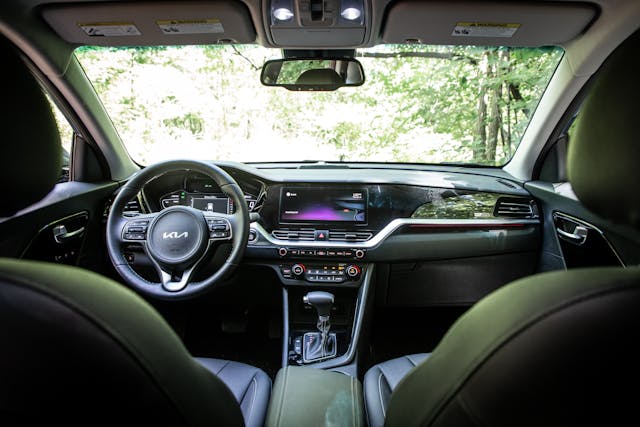
Performance isn’t the point here, and the Niro makes no attempt to set your hair on fire. A combined output of 139 horspeower for this 3200-pound vehicle is enough that the Niro can get out of its own way. But there are some bumpy elements to what should be a seamless experience. For one, Niro’s six-speed dual-clutch transmission has a tendency to excessively wind out under hard acceleration. It’s not a big deal for the rare moments it comes up, and most of the time you’ll just be amazed that the thing delivers 560 miles of range on an 11.4-gallon tank. Others in the media have been critical of the clunky hybrid handoff between electric and internal combustion. It’s not perfect, but over a week spent in the PHEV, I’d say that the powertrain is much smoother than in the plug-in Wrangler 4xe.
What Kia gives up in its utilization of the Atkinson compression cycle—which is more efficient than the Otto, at the cost of reduced low-end power—it immediately makes back with aid from the electric motor. (Shoutout to English inventor James Atkinson, who never found success in period with his design; you were born 100 years too soon.)
The Niro’s infotainment system is another no-fuss aspect to the machine. The neatly packaged center console and comforting use of physical buttons works well, and the 10.25-inch screen—with Kia’s super cute bulb transistor display for the radio station—is a welcome focal point in the interior. The eight-speaker Harman Kardon audio system is probably a bonus compared to the base stereo, but it won’t win any awards from audiophiles.
All of the Niro’s available tech has somewhat muddled its original pricing model. When the Kia arrived six years ago, it was about the same price as the Prius across trim levels. Now, the Niro EX Premium (depending on hybrid, PHEV, or EV powertrain) is on average a couple grand more than the comparable top-level Prius offerings. I suspect the better value if you must have a plug-in is the $34,685 EX, which has leather upholstery and heated seats, but across the board the standard hybrid Niro gives more bang for buck. Whether the PHEV is worth the roughly $4000 premium is a question worth answering with a test drive before deciding on competitors like the Prius, or even the larger Ford Escape plug-in hybrid.
Around the time we sampled the 2022 Niro PHEV, Kia debuted next year’s model at the New York Auto Show. The 2023 Niro promises updated styling and a few more ponies under the hood, perhaps implying that it was time to wake up this veteran performer.
Ironically, it was only until Johnson announced his big switch to IndyCar that fans began to flock. If his career has taught us anything, it’s that people can appreciate a good change of pace. Hyundai may be hoping this to be true.
***
2022 Kia Niro PHEV EX Premium
Price: $30,885 / $37,820 (base LXS / as-tested EX Premium)
Highs: Comfortable ride. Sweet spot height between a sedan and a compact sport utility. Certified fuel sipper, handsome interior despite budget materials.
Lows: EX Premium trim feels overkill on what is really a budget people mover. Could stand to have a bit more flash in looks and drivetrain.
Takeaway: Want a Prius alternative with a wagon layout and a killer warranty? Try the Niro for size.
